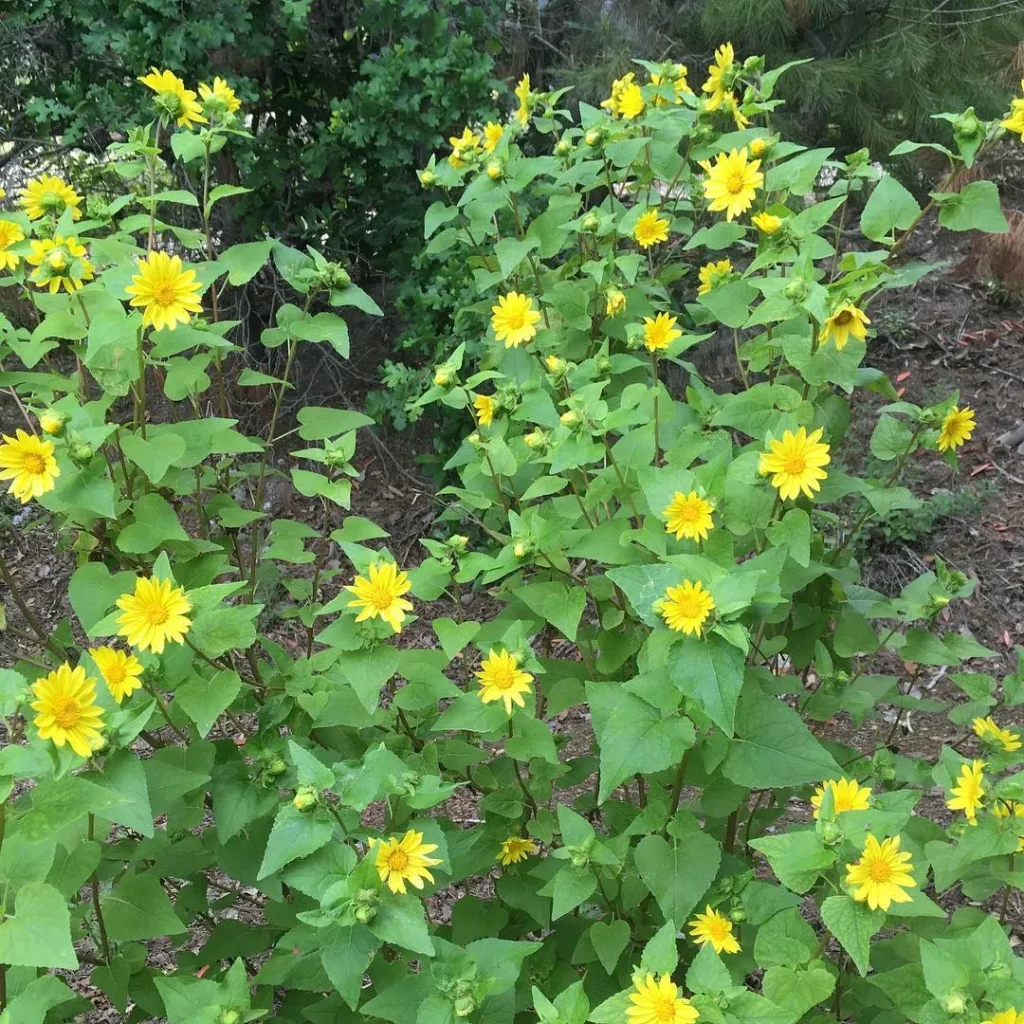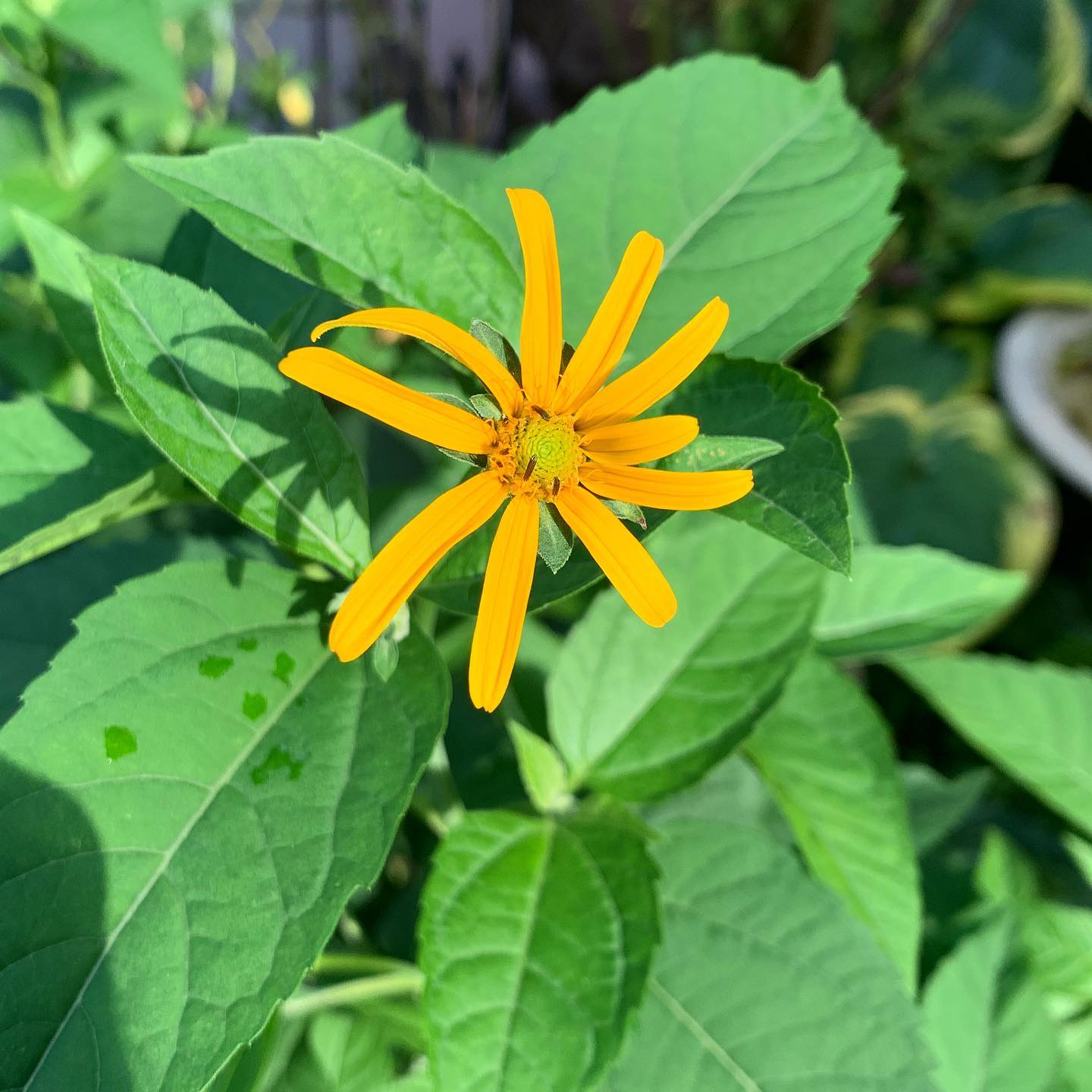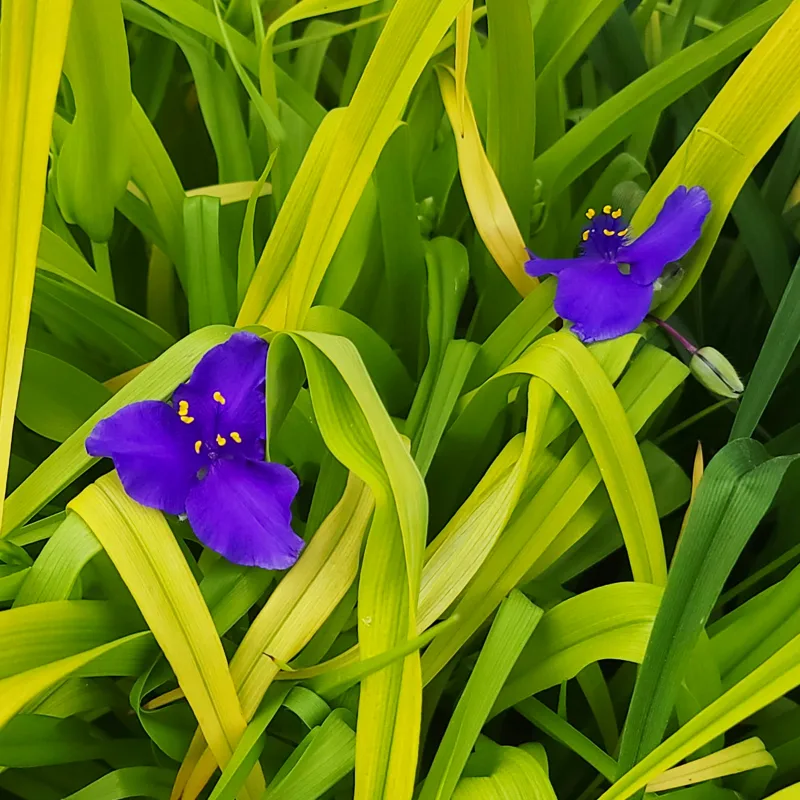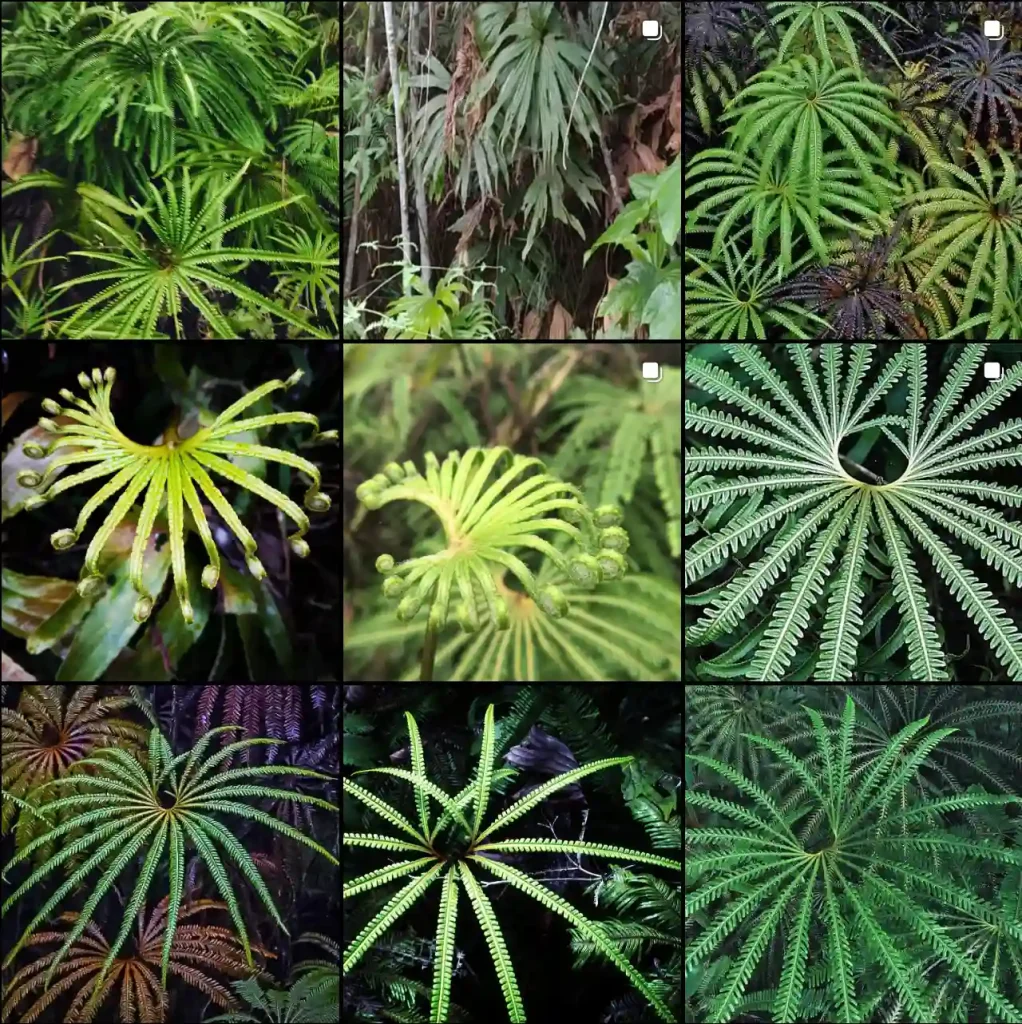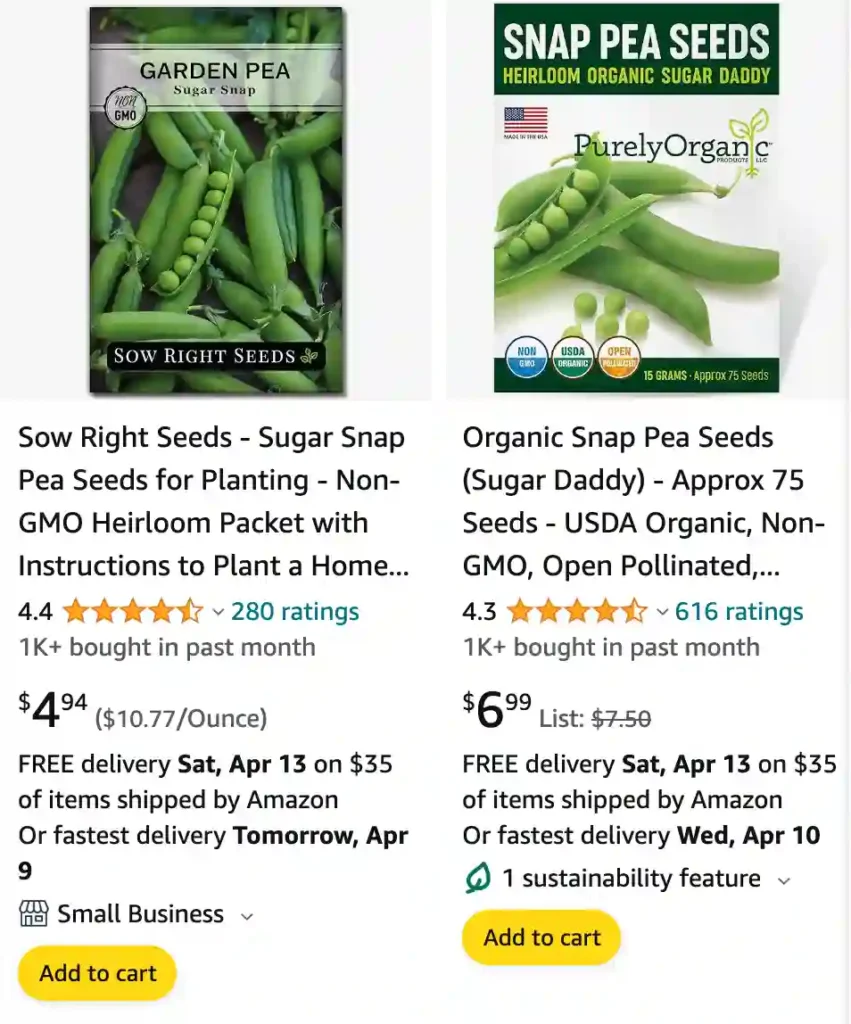
Peas – Pisum Sativum, a Synonym of Lathyrus Oleraceus
When I think about the simple joys of gardening, peas, scientifically known as Pisum sativum and synonymous with Lathyrus oleraceus, come to mind. These humble legumes have a special place in my garden and heart. Growing peas feels like nurturing little green pearls of life. They offer a perfect blend of nutritional value, ease of cultivation, and aesthetic charm.
A Historical Perspective
Peas have been cultivated for thousands of years. They trace their origins to the Mediterranean basin and western Asia. Ancient civilizations valued them not only as a source of food but also for their resilience and adaptability. Pisum sativum holds a unique distinction as one of the first crops domesticated by humans, emphasizing its importance in our collective agricultural history.
The synonym Lathyrus oleraceus often confuses beginners, but it’s merely a reflection of botanical nomenclature’s evolution. Regardless of the name, peas have consistently delivered nourishment and joy across generations.
Why I Love Growing Peas?
1. Ease of Cultivation
Peas are among the easiest plants to grow. Whether you’re an experienced gardener or a novice, peas offer a low-maintenance crop that rewards you quickly. I usually plant them in early spring when the soil is still cool. These plants thrive in well-drained soil with good organic matter. The process of planting seeds directly into the soil feels meditative—each seed a promise of growth.
The trellising process is another favorite part for me. Watching the vines climb and wrap themselves around the supports feels symbolic of resilience. Their delicate tendrils always seem to reach for the sun, teaching us persistence.
2. Nutritious and Delicious
Peas are a powerhouse of nutrition. They’re rich in vitamins A, C, K, and several B-complex vitamins, along with protein and fiber. Whether eaten raw or cooked, they add a sweet, earthy flavor to dishes. I often snack on freshly picked peas straight from the garden. That burst of sweetness is unmatched by store-bought varieties.
Cooking with peas is equally rewarding. From hearty pea soups to light salads and stir-fries, their versatility makes them a staple in my kitchen. I even use their tender shoots in salads, adding a touch of gourmet flair to meals.
3. Environmental Impact
Growing peas is an act of sustainability. As legumes, they fix nitrogen in the soil, reducing the need for synthetic fertilizers. They also have a relatively low water footprint compared to many other crops. In my garden, peas act as natural companions to heavier feeders like tomatoes, improving overall soil health.
By planting peas, I feel I’m contributing to a healthier ecosystem. Their role in crop rotation ensures that my garden remains fertile and productive season after season.
Challenges and How I Overcome Them
Gardening isn’t without its challenges, and peas are no exception. Pests like aphids and powdery mildew can pose problems. I’ve learned to manage these issues by maintaining good air circulation around the plants and using organic pest control methods. Companion planting with marigolds and nasturtiums has also been a game-changer for deterring pests naturally.
Another challenge is ensuring consistent watering. Peas dislike overly wet soil, but they also don’t thrive in dry conditions. I use a drip irrigation system to maintain the right balance, which has worked wonders for me.
The Joy of Harvesting
Harvesting peas is one of the most satisfying parts of gardening. The sight of plump pods hanging from the vines is deeply fulfilling. I always harvest early in the morning when the pods are crisp and full of flavor. The rhythm of plucking each pod, hearing the slight snap, and filling my basket is a simple yet profound joy.
I’ve also learned to stagger my planting, ensuring a steady supply of peas throughout the growing season. This approach not only extends the harvest but also prevents me from being overwhelmed by a single, massive yield.
A Personal Connection
For me, peas are more than just a crop; they’re a connection to nature and a reminder of life’s cycles. Watching them grow, nurturing them, and finally enjoying their bounty creates a sense of accomplishment and harmony.
Peas also evoke nostalgia. They remind me of childhood summers spent shelling peas with family—a tradition I continue to this day. Sharing homegrown peas with friends and neighbors strengthens bonds and brings a sense of community to my gardening efforts.
FAQs
Can cats have peas?
Yes, I can definitely give some peas to my feline friend! In fact, Whiskers seems pretty curious whenever I’m shelling peas for dinner. He’ll bat at the pods and nudge my hand, looking all hopeful. The first time I gave him a cooked pea, he sniffed it cautiously then surprised me by popping it right in his mouth. Now, whenever I have peas, he expects a little green treat. It’s funny how something so tiny can make him so happy!
Can chickens eat peas?
Absolutely! I love watching my chickens chase after peas in the backyard. They get so competitive over who gets the most. Just the other day they nearly bowled me over as I tossed out a handful of fresh garden peas – those hens have no patience when treats are involved! I swear those little green spheres disappear way faster than their regular feed. It’s pretty hilarious to see them peck at a pea, trying to figure out the best way to nab it.
Can bearded dragons eat peas?
While they might not be the first thing I’d offer my bearded dragon, Spike, he can occasionally enjoy some peas. I’ll usually mix a few cooked peas into his salad of leafy greens. He’s not the biggest fan, but he’ll pick out a couple if they’re chopped into small pieces. It’s good to have a bit of variety in their diet, and I always do my research on what foods are safe for bearded dragons before introducing them. I find Spike is much more excited about juicy insects and colorful fruits, though!
Is pea protein low FODMAP?
I’ve recently discovered pea protein and it’s been a game-changer! I used to have trouble with some protein powders – they’d cause bloating and discomfort. Turns out, I might have some sensitivity to FODMAPs. My friend recommended pea protein isolate since it’s supposed to be low FODMAP, and honestly, it’s so much easier on my stomach. No more weird digestive issues after my post-workout shake! I still double-check labels in case of added ingredients that might be problematic, but so far, it’s been a much better option for me.
Can guinea pigs eat peas?
Absolutely! My guinea pigs, Squeaker and Nibbles, go absolutely wild for peas. The minute I bring out fresh veggies, they start wheeking in excitement. Especially when they hear the crinkle of a pea pod! It’s like offering them little green candies – they’ll gobble them up in a flash. I always limit the amount, though, since I know peas should only be an occasional treat for them. But watching their enthusiastic munching is definitely one of the best parts of being a cavy owner!
Do peas need a trellis?
Definitely! I tried growing peas without a trellis one year and it was a bit of a disaster. The vines sprawled everywhere, making a tangled mess. They became magnets for pests, and it was much harder to find and harvest the peas. Ever since then, I make sure I install a trellis before planting my peas. The vines get so much better sunlight, it’s easier to keep them healthy, and finding all those delicious pods is a breeze!
What to serve with split pea soup?
Split pea soup is such a winter staple in my house – it’s hearty, comforting, and so easy to whip up. I love serving it with a side that adds a nice contrasting texture. My go-to is crusty bread, perfect for dipping in the thick soup and mopping up every last bit. A simple green salad is also great for some freshness to balance out the richness. If I’m feeling really indulgent, I’ll sometimes pan-fry some kielbasa sausage for a salty, smoky addition to the meal.
Can rabbits eat peas?
While rabbits adore leafy greens, I’m cautious when it comes to peas. My bunny, Thumper, has a sensitive digestive system, and I’ve read that peas can sometimes cause gas or upset tummies in rabbits. I might offer him a tiny cooked pea now and then as a special treat and monitor how he reacts. Honestly, he seems much happier with a big pile of fresh hay or some crunchy carrots. I want him to be happy and healthy, so I try to stick to foods I know are safe for bunnies.
Can ducks eat peas?
Absolutely! Ducks go crazy for peas, at least mine do! Whenever I’m prepping peas for dinner, my flock comes waddling over in full force. I usually toss a handful of frozen peas into their pond – they love bobbing for them in the water. The sheer joy and enthusiasm they have over such a simple snack is infectious. It always makes me laugh watching them chase those little green spheres around.
What to plant with peas?
Peas are excellent companion plants for a variety of vegetables and herbs. Here are some of the best options to consider:
Root Vegetables: Carrots, radishes, turnips, and beets thrive alongside peas since they don’t compete for sunlight.
Leafy Greens: Lettuce, spinach, and similar greens benefit from the shade provided by taller pea plants and the nitrogen peas add to the soil.
Vining Plants: Cucumbers and peas form a mutually beneficial relationship. The pea vines offer support for climbing cucumbers, while the cucumbers offer some shade to the pea roots.
Others: Corn, beans, potatoes, and aromatic herbs like mint and basil are also great companions for your peas!
Are peas gluten free?
Yes, peas are naturally gluten-free! I can enjoy them without having to worry about gluten sensitivities. They’re such a versatile little veggie – I love adding fresh peas to salads, tossing frozen ones in a stir-fry, or even munching on them as a quick snack. It’s nice to have one less thing to worry about, especially when it comes to finding fresh, healthy ingredients that everyone in my family can enjoy.
Are peas ketogenic?
While peas aren’t the most ideal food on a keto diet, I sometimes indulge in them in moderation. They have a higher carb content compared to other keto-approved vegetables, so I have to be careful with portion sizes. Occasionally, I’ll add some to a mixed salad or a stir-fry as a way to sneak in a few extra nutrients and some texture variety. But if I’m strictly sticking to keto, I rely more on alternatives like green beans or broccoli when I crave a bit of green in my meal.
Final Thoughts
Growing Pisum sativum, or Lathyrus oleraceus, has been an enriching experience for me. These plants embody simplicity and abundance. They’re a testament to how small efforts can yield big rewards, not only for our plates but also for our souls and the environment.
If you’re considering adding a crop to your garden, I wholeheartedly recommend peas. They’re a gift from nature that keeps on giving—providing nourishment, beauty, and lessons in resilience.
If i die, water my plants!
